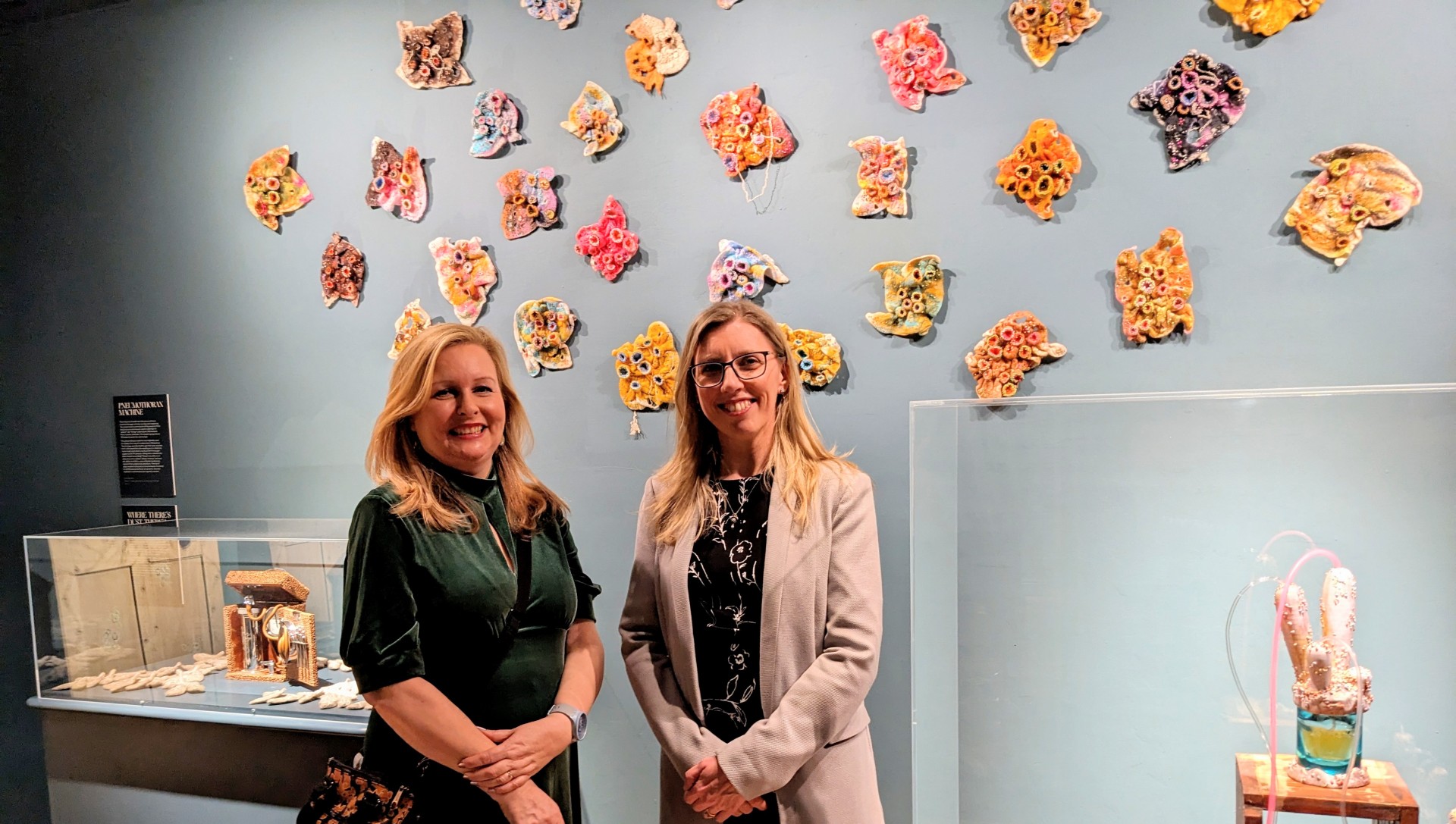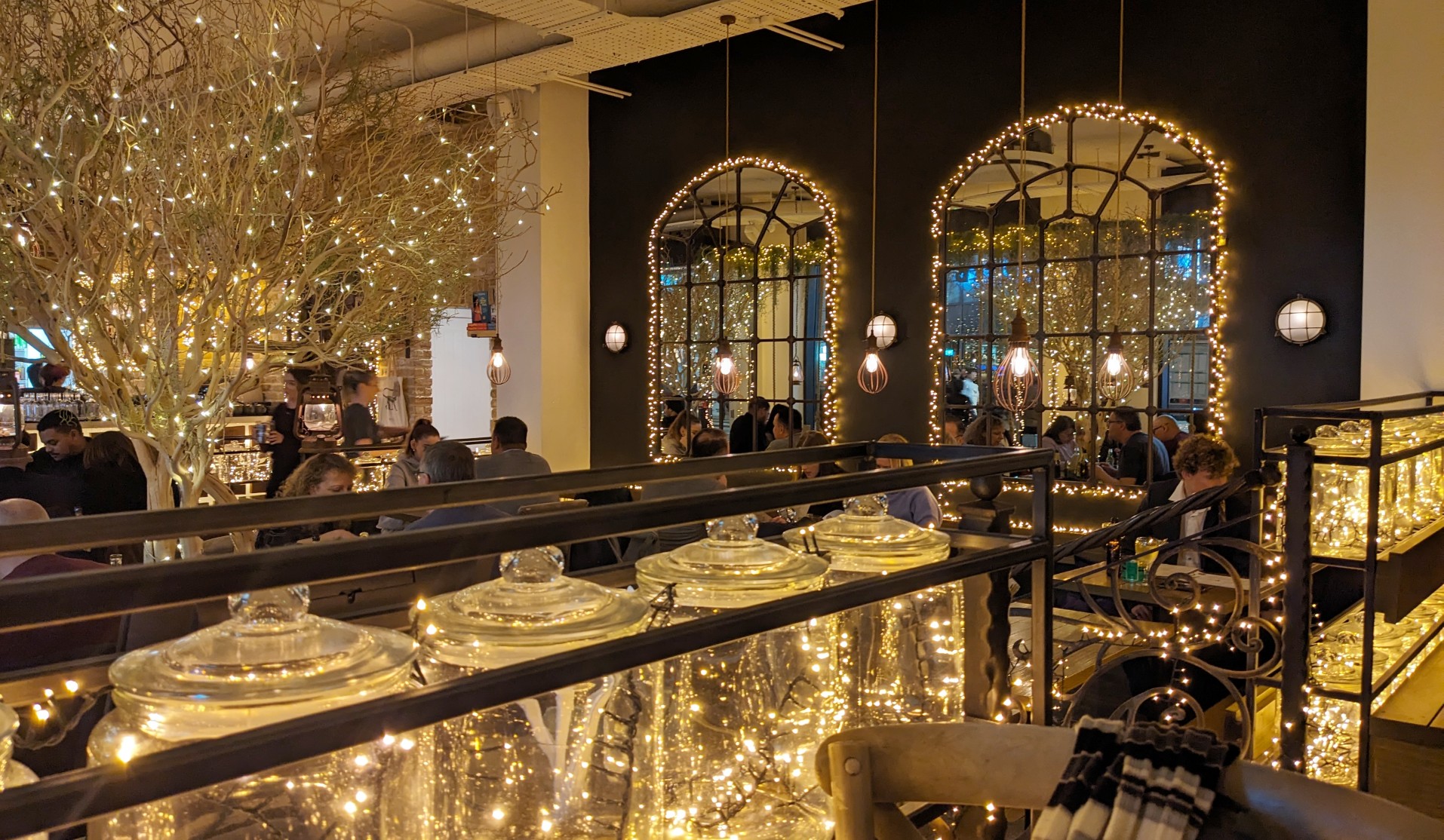Geraldine Montgomerie tells Debbie Rolls about Leeds Arts Health and Wellbeing Network.
How and why was Leeds Arts Health and Wellbeing Network (LAHWN) set up?
The formation of LAHWN was prompted by the 2017 All Party Parliamentary report on Creative Health. Crucial to the establishment of the network were Mick Ward, who recently retired from Leeds City Council, and Erica Ramsay from the Cultural Institute at the University of Leeds. There was already a lot going on in Leeds around using the arts to promote health, but there was no overview of the work and no way to connect different projects. Not only has LAHWN brought a holistic approach to arts and health, leading to conferences, research and networking events, but it has also enabled people to connect on a very personal level to share ideas and resources.
Who belongs to LAHWN?
We welcome anyone who has an interest in arts and health. Our membership is very diverse in terms of the size and nature of organisations. From the arts we have individual freelance artists and large cultural institutions such as Opera North and Yorkshire Dance. We involve the NHS, charities, care homes, museums, libraries and community groups.
This diverse group is tackling diverse issues. The role of arts in promoting health is crucial but this brings up all kinds of issues around equity and access to the arts. We now have around 650 people signed up to the LAHWN mailing list, an increase of 250 from last year.
Tell me about your role as coordinator?
I am here to facilitate networks and help people learn from our experiences. We see research and evaluation as being central to the project. This does not always mean formal research. There is much to learn from people’s personal stories. The organisation is driven by needs identified by social care, health and the arts. I can be a link to bring diverse groups together. Our events and newsletters share practice across Leeds. This year, for instance, we have shared information about Covid safe practices in the arts.
We learn from outside the City, too, taking inspiration from national initiatives and the wider Yorkshire region. One of my roles is to help organisations access funding at local and national level, assisting with grant applications. I have a background in mental health but most of all I see myself as a problem solver; someone who can help other people’s good ideas become a reality and who can help them deal with challenges.
I notice you have an emphasis on sustainability. What has this meant for the project?
Health and care have already made a climate commitment and we are looking at how art and culture can become part of this commitment. The hand to mouth existence of many art and culture projects presents difficulties around this. We are looking for a future where art and culture are sustained and can therefore operate in an environmentally sustainable way.
How has Covid changed the way you operate?
The current pandemic has changed priorities. The health service professionals involved have been very stretched. We have had to consider how the arts can contribute to the wellbeing of clinicians in this stressful time. On the other hand, many artists have seen their work dry up as cultural venues closed down, bringing its own health challenges. It has been a difficult year but one where the importance of art and culture as a contributor to wellbeing has come into greater focus.
There has been a burst of digital activity and we are looking at how that can be developed further. Although online events have been a result of necessity, many organisations have managed to attract new participants who would find it difficult to access events in public places. Going forward we envisage supporting both online and face to face events. Digital events throw up further issues around access and equity. On Wednesday lunchtimes during January LAHWN are presenting webinars with Leeds libraries’ 100% Digital scheme. These will showcase a range of ways for people to engage with digital arts and culture from home. They are aimed at Digital Champions who will be able to roll out the activities and resources to the wider community. You can find out more here: https://leedsdigitalinclusion.wordpress.com/support-for-organisations/events/
Are there any current projects you are particularly proud of?
We have had a focus upon care homes this year. Both staff and residents have had to live through very stressful, isolating times, so we were keen to facilitate access to digital resources and visits to care homes by artists. Digitally, this has included showing vintage films of Britain, accessing images of Leeds from the past and helping residents develop their own music playlists. Tablets have proved popular for watching, listening and playing online jigsaws.
We saw freelance artists going to work in care homes to meet the need for front line staff. They were able to take their skills with them and provide new activities for residents. Care home activity coordinators have shared their residents’ talents with us, and sometimes it is the residents who are taking the lead on arts and music activities.
Over the summer the Arts Together for Care Homes Project arranged for musicians and poets to visit care homes and perform at a safe distance. At Oak Tree Care Home artists from Fragment Leeds created an ‘indoor park’ including a 24-hour loop of immersive sounds. Sometimes the performances have been online but we have also seen performances in care home gardens. There were performances for VE Day and Arts in National Care Homes Day.
What about the future?
We will continue to have an emphasis on accessibility in the arts. Our work with care homes and other organisations working with the elderly will continue. We want to address ageism and issues around sight and hearing loss. We intend to be part of the process of making Leeds an Age Friendly City. At the same time, we will be exploring how to include other groups and individuals to enable access to the arts. We will embrace what we have learnt from the digital explosion and take best practice forward to become part of the continuing art offering. We continue to see art as a way to develop and learn more about ourselves.
This year has raised new questions for us which we hope to explore going forward: How do health and care staff keep themselves well? How do students find a place for themselves in a new city? Does art and culture have a place in every workplace?
The network has funding until 2022. There is still plenty of time to help new projects flourish and to connect existing projects. LAHWN may develop into a larger network, taking in more of the Yorkshire region. Whether this happens or not, the links it has helped forge will live on.
Leeds Arts Health and Wellbeing Network https://www.lahwn.co.uk/
[email protected] TWITTER: @LEEDSAHWN FACEBOOK: @LAHWNPAGE
Feature photograph shows Geraldine donating blood.



